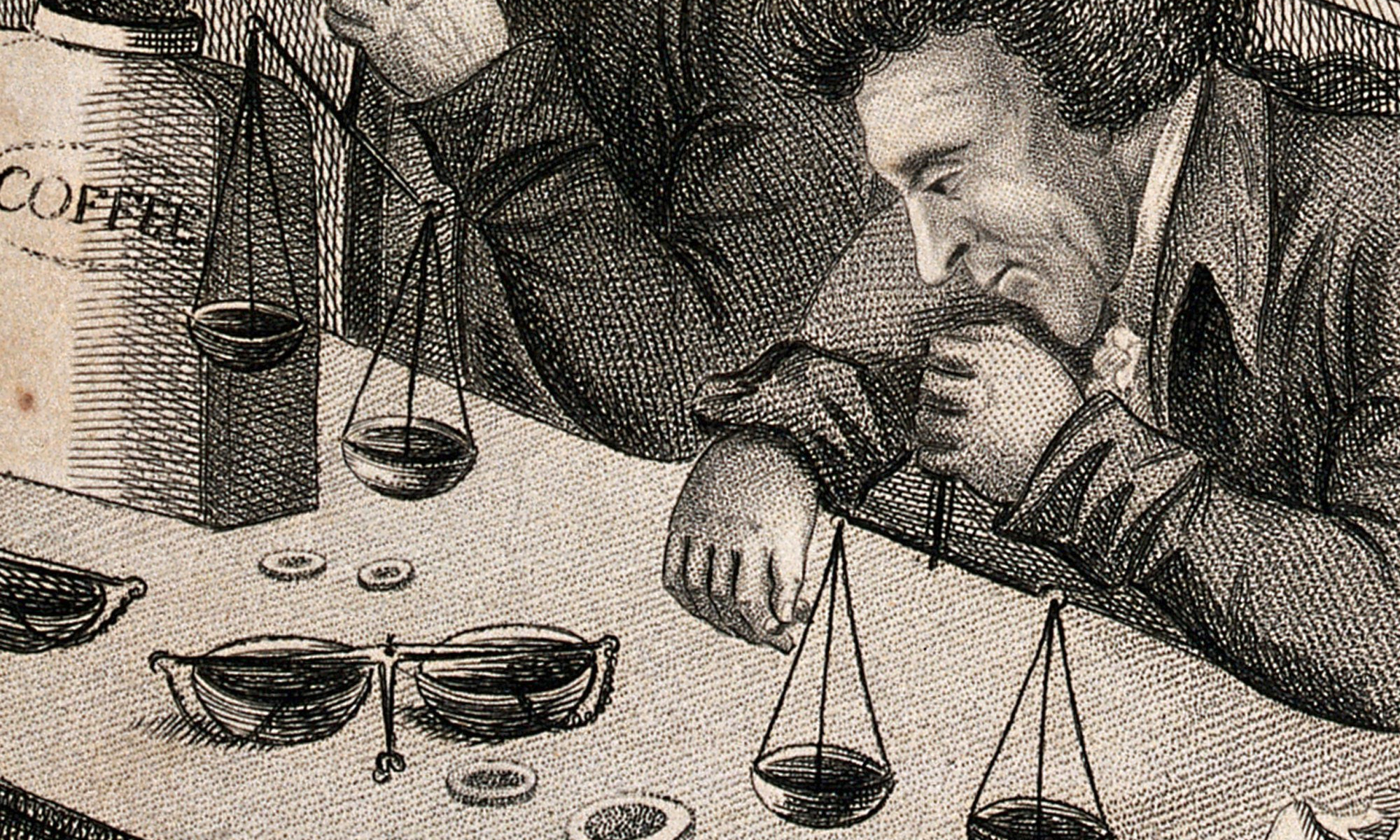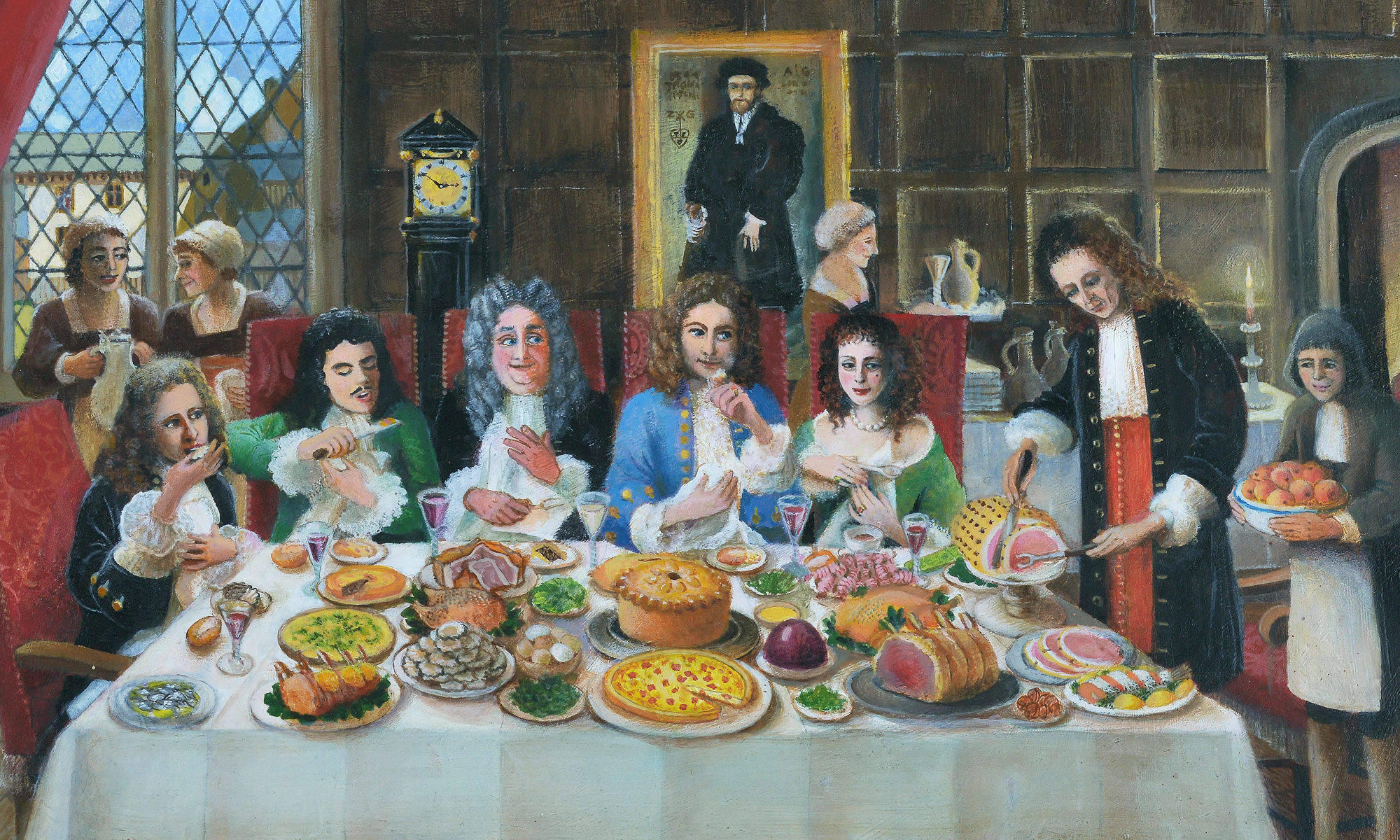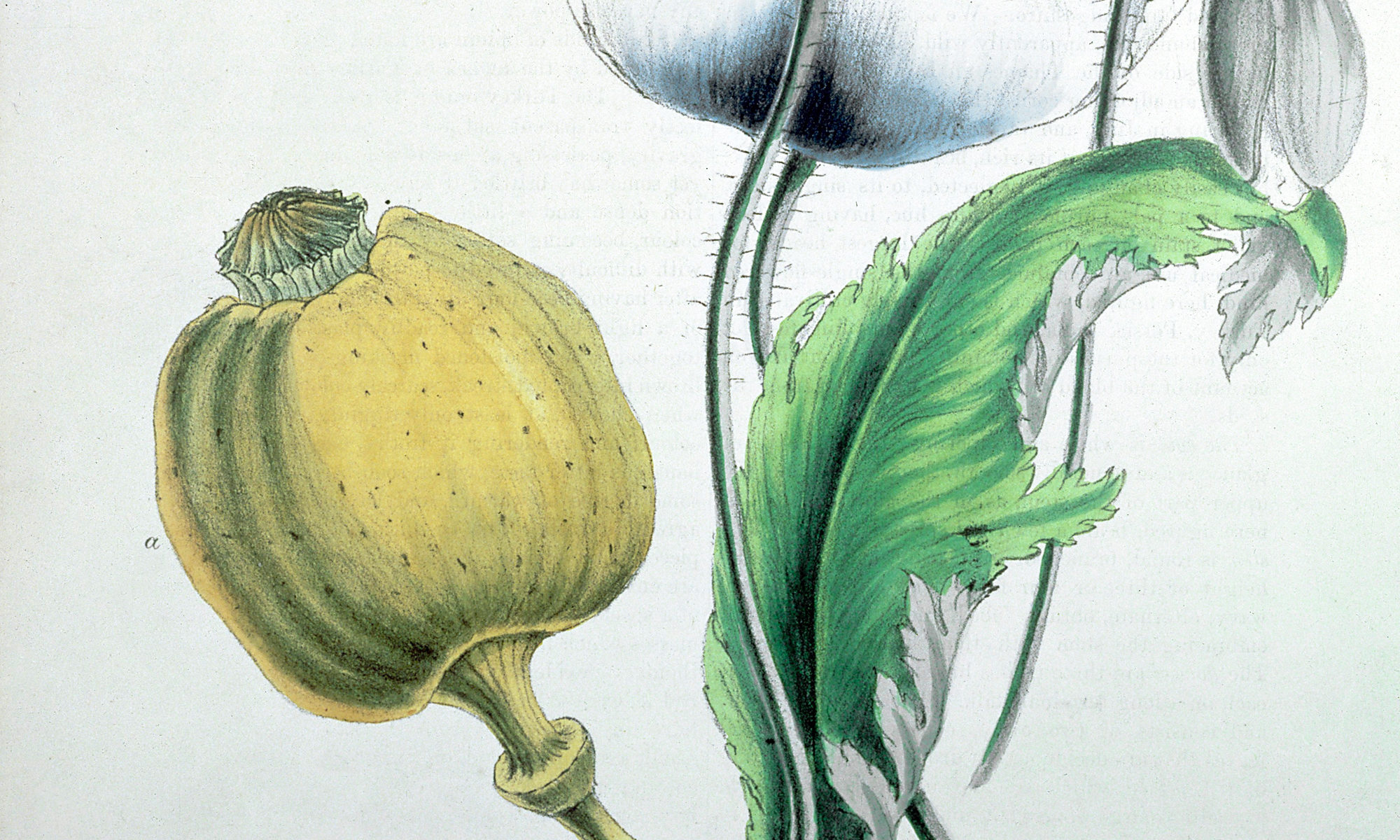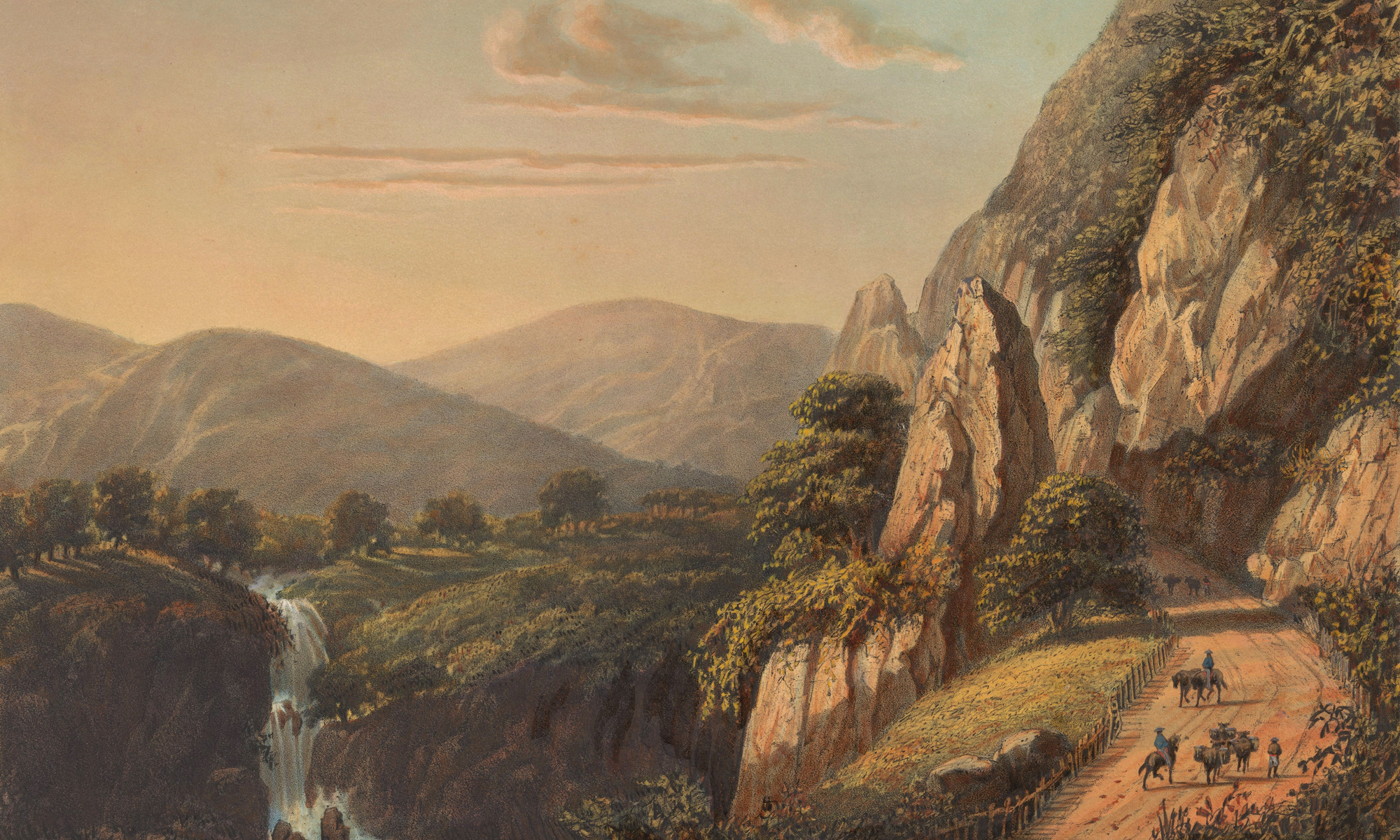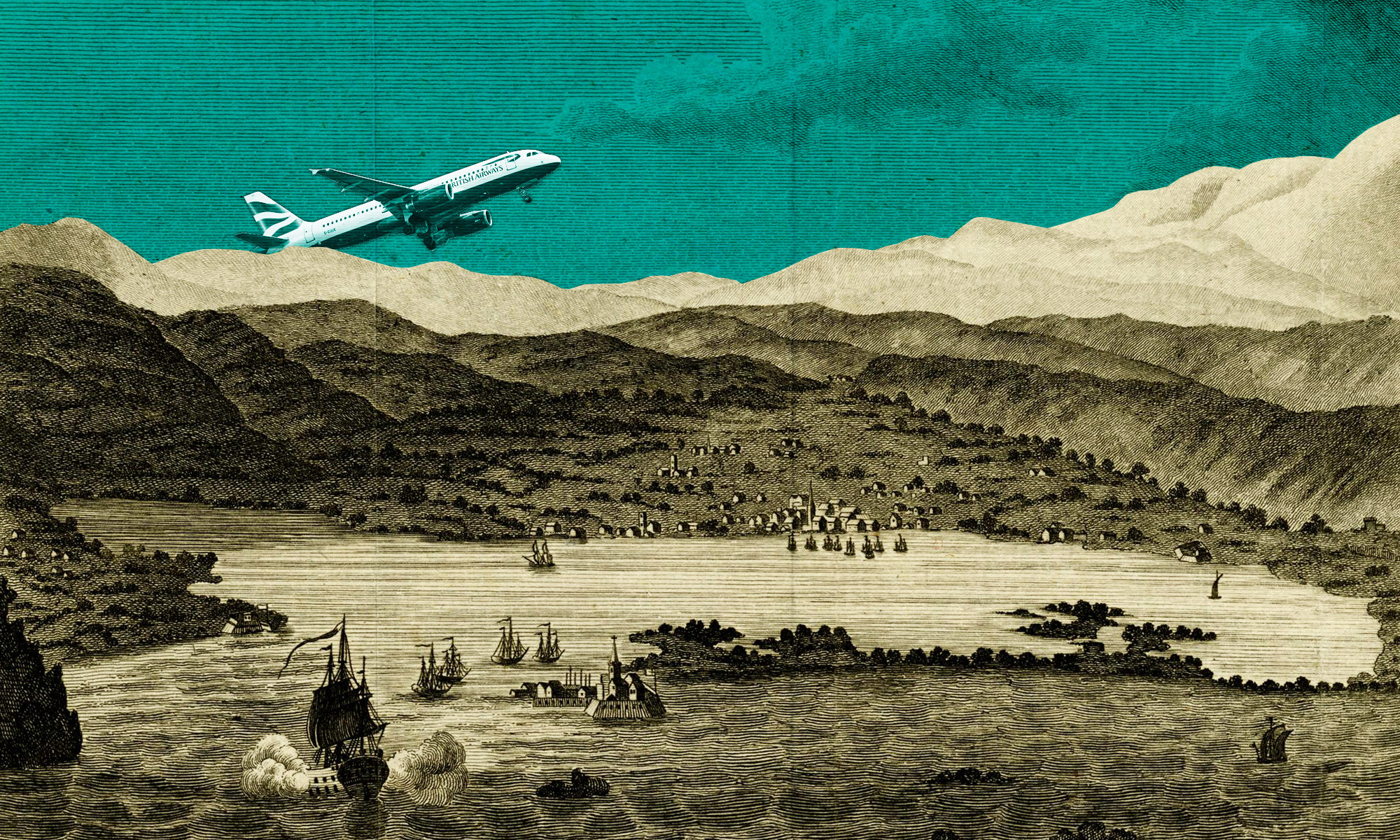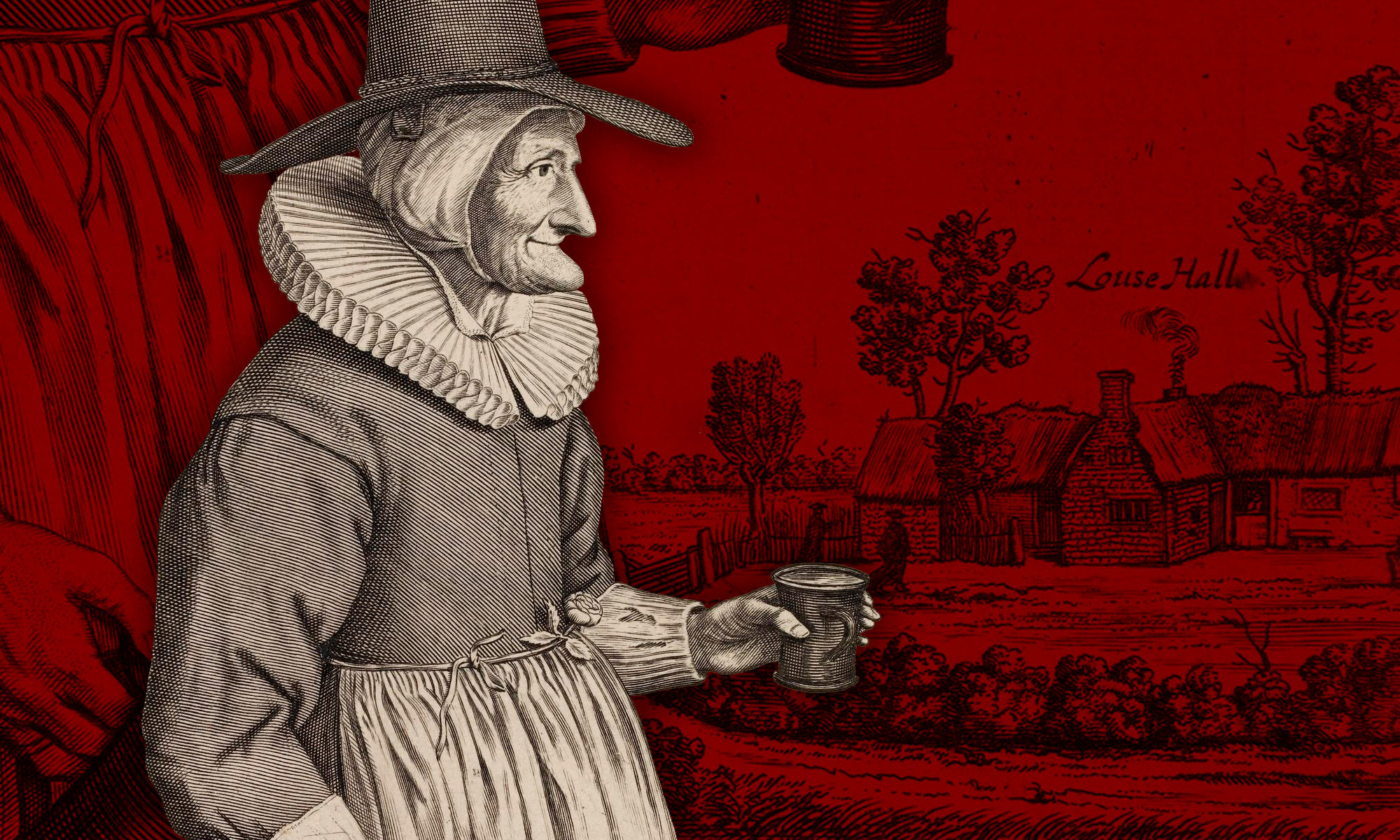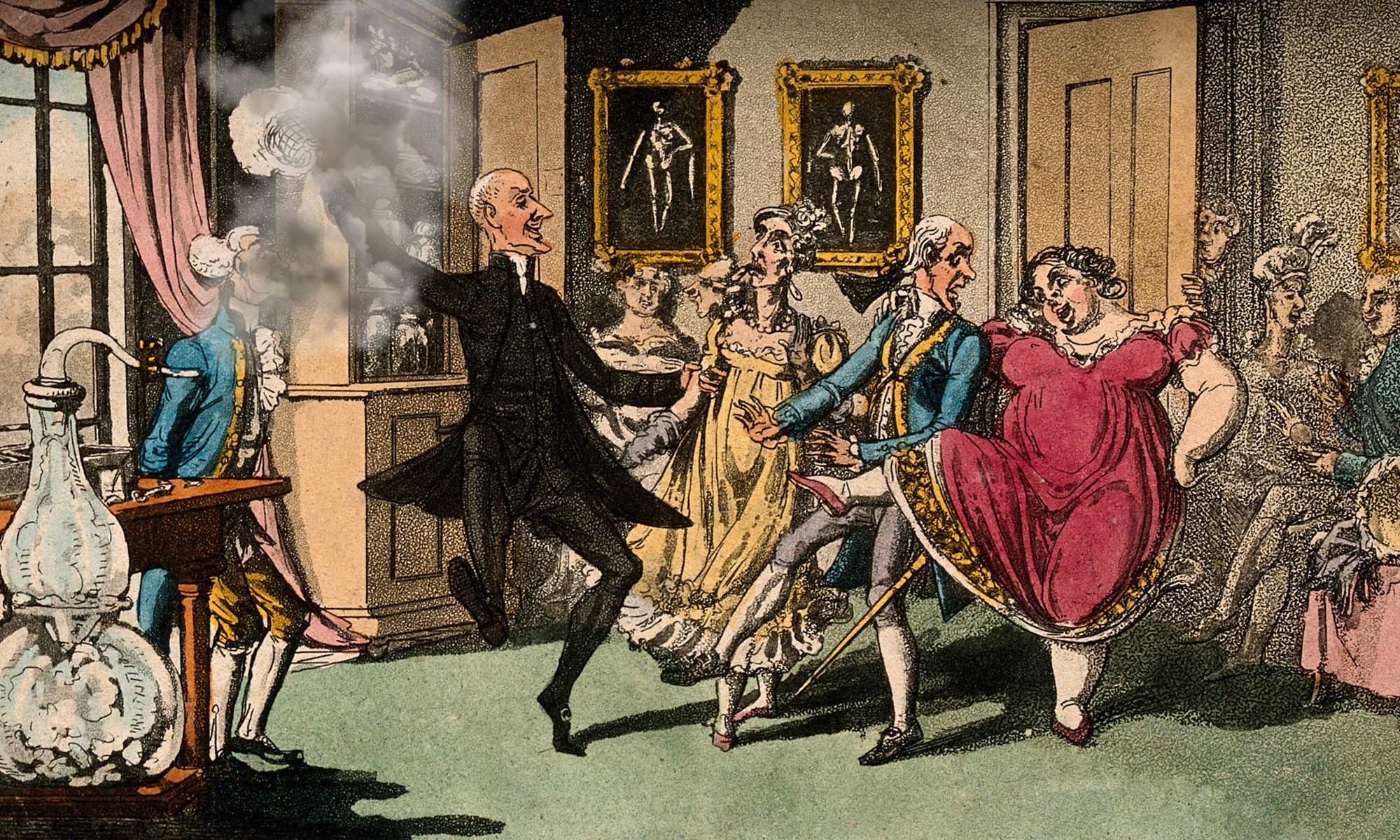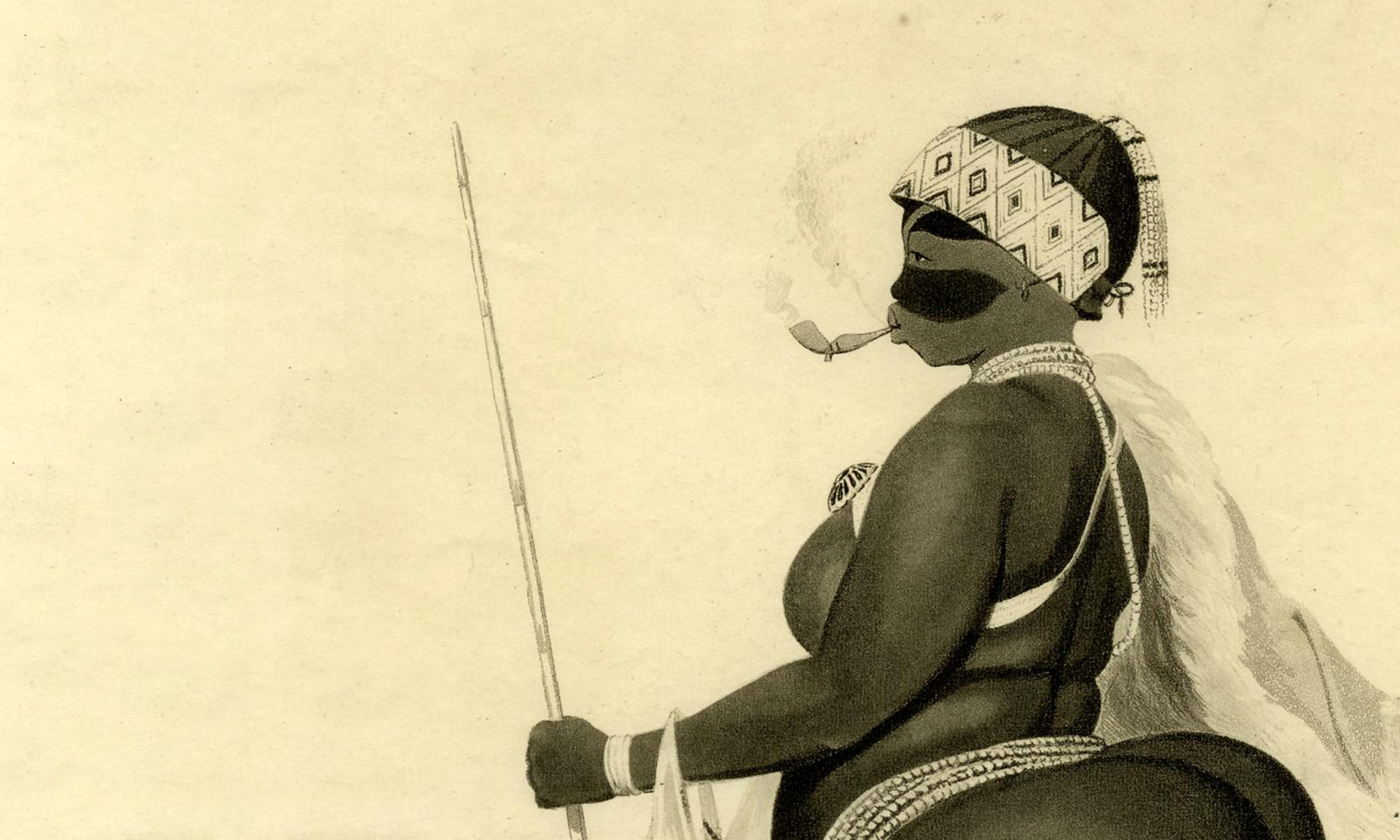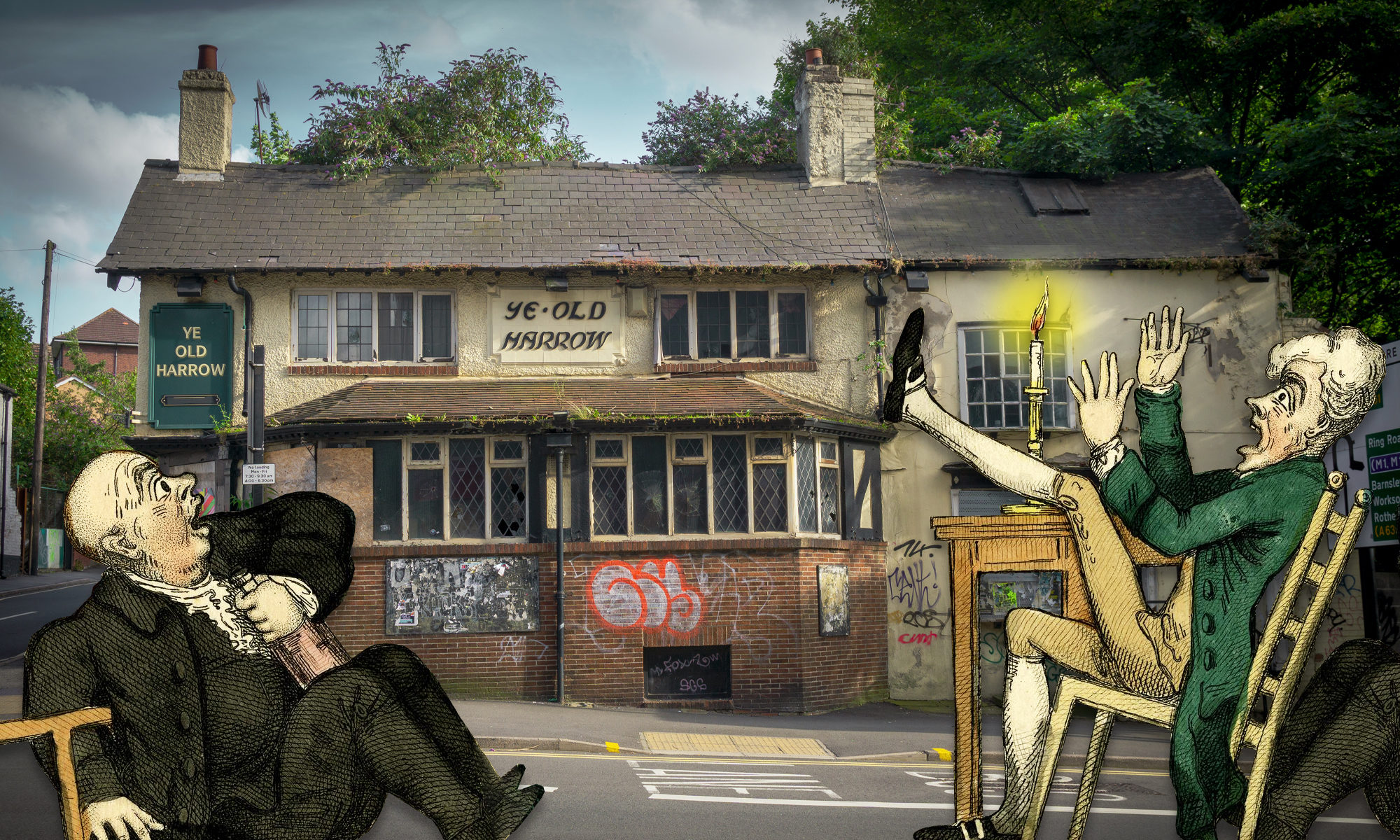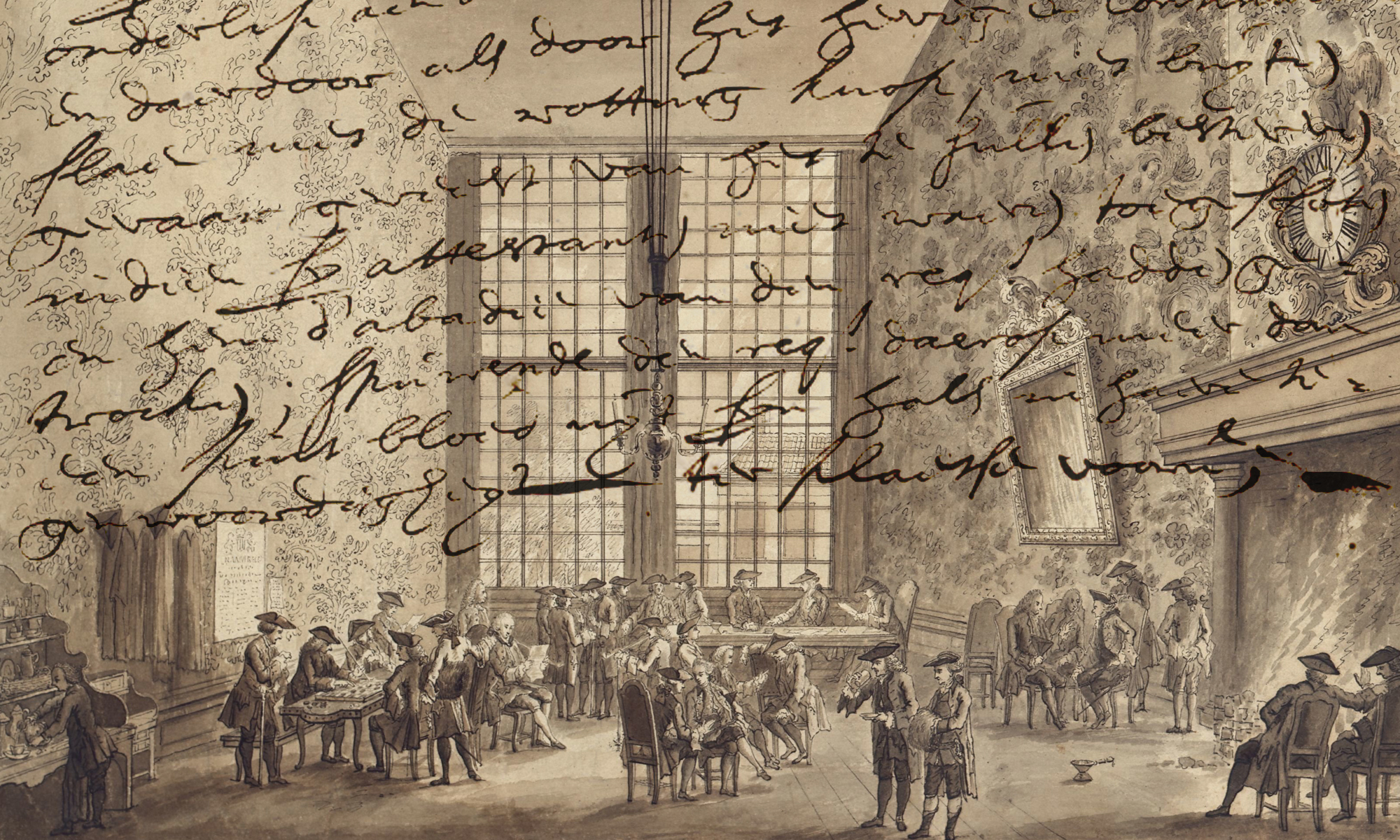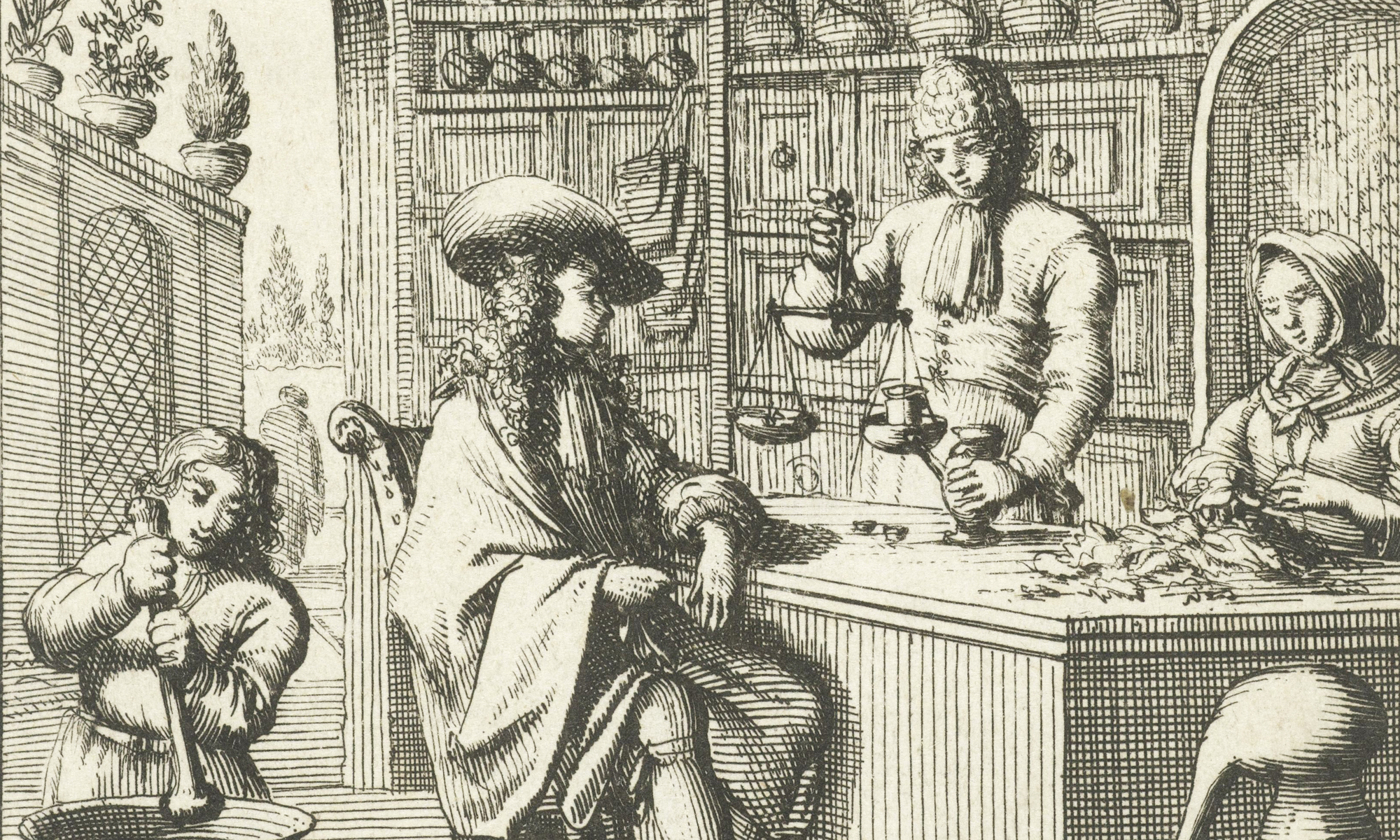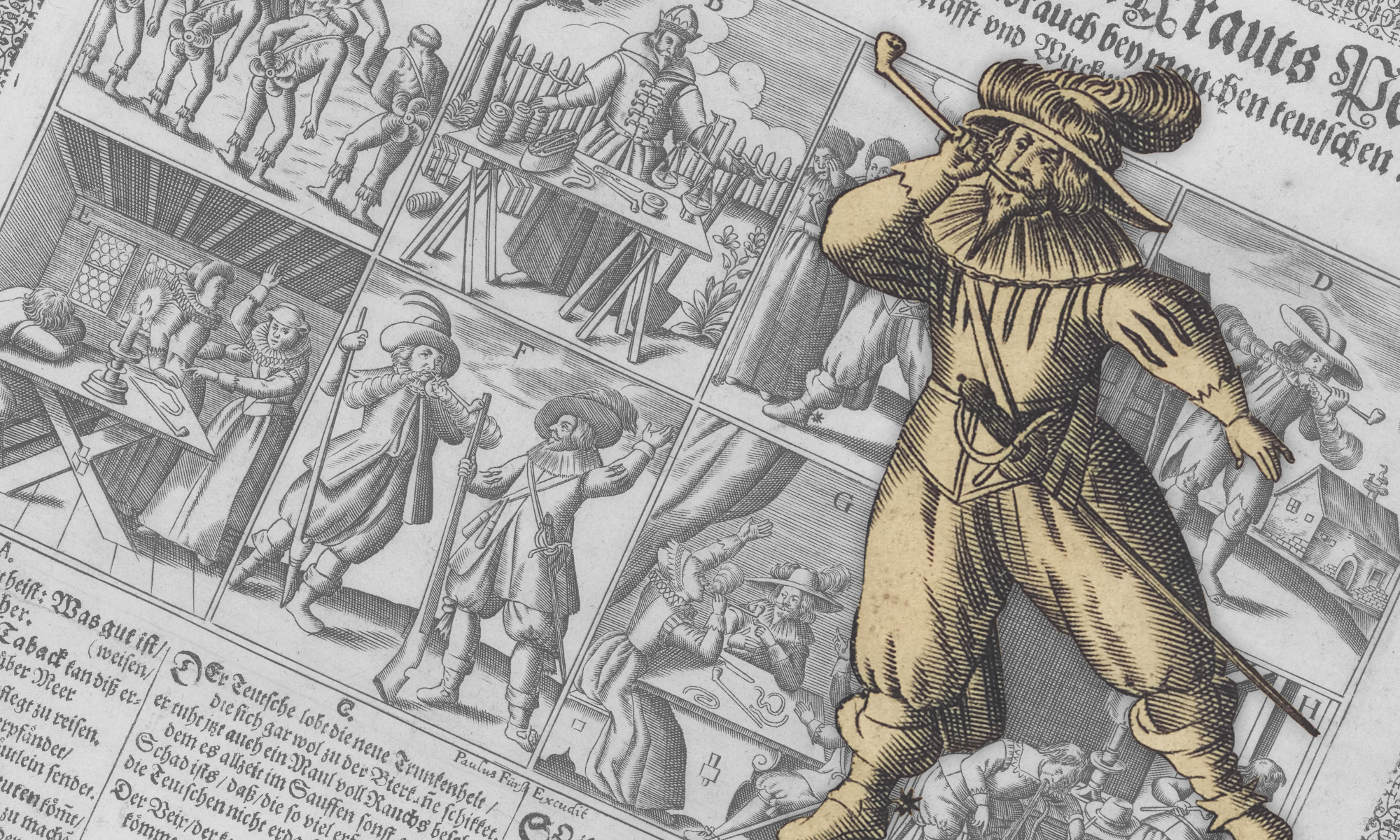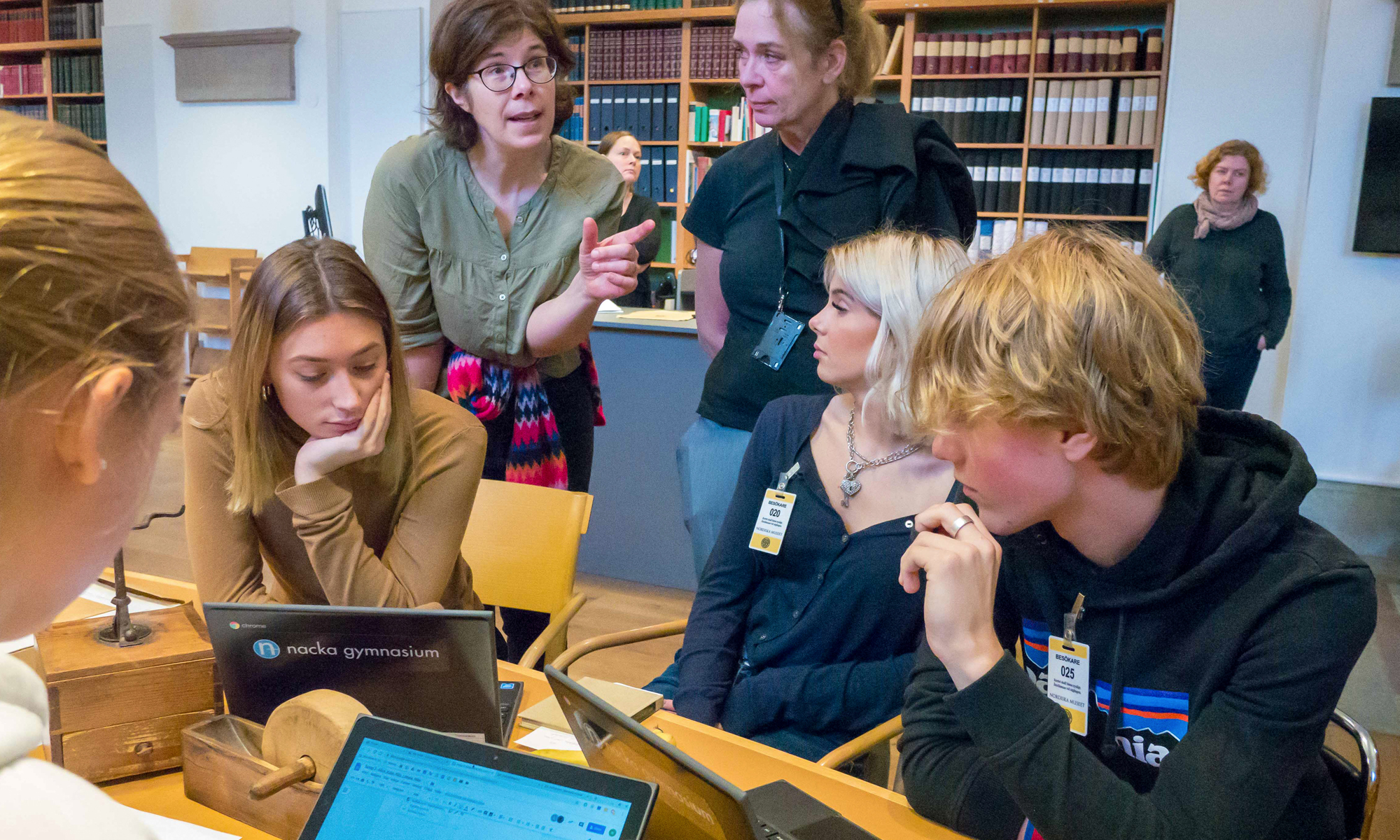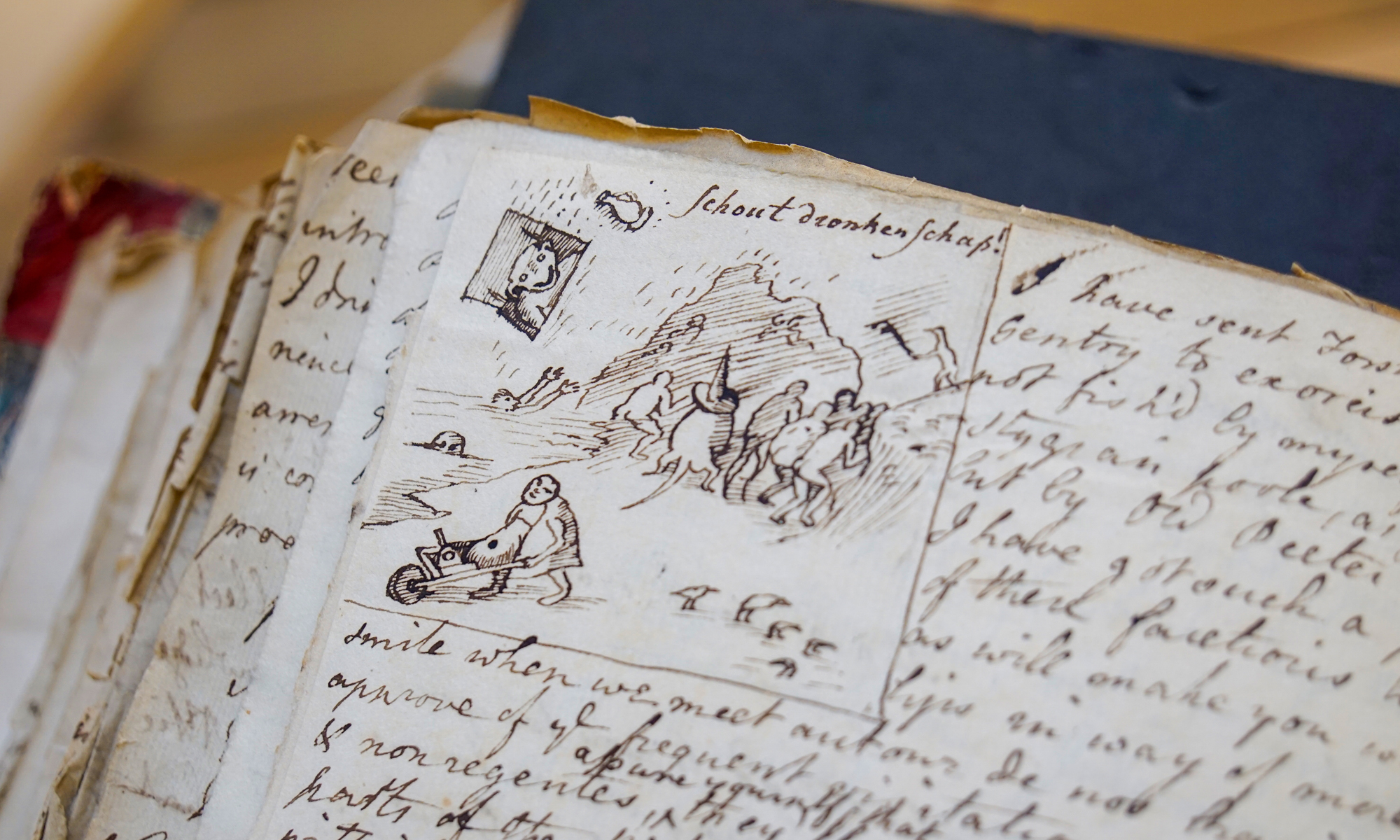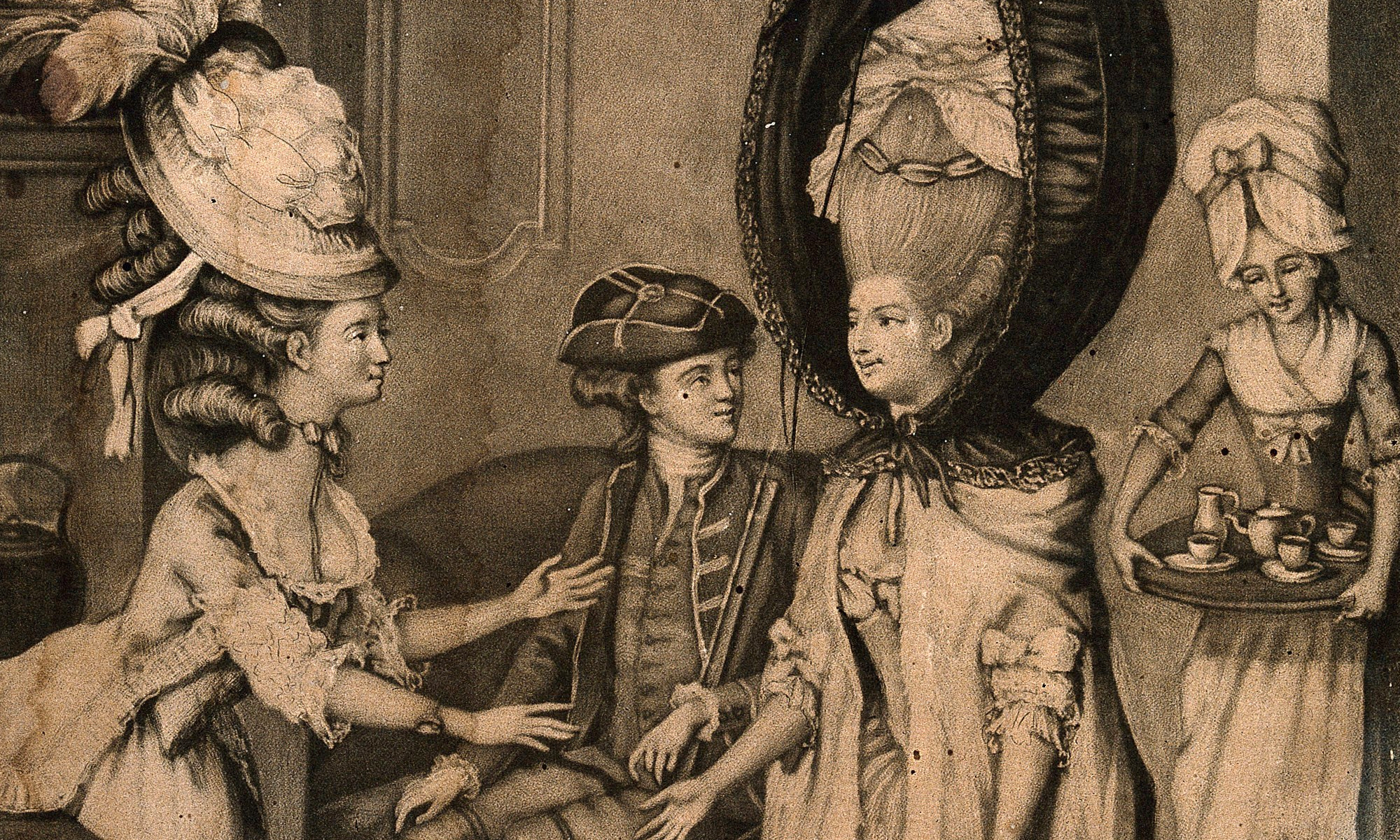This short film documents my collaboration with Phil Withington, other academics, and creative partners to explore the significance of intoxicants in Ben Jonson’s The New Inn, and its connections to Bolsover Castle. Jonson, author of Volpone and The Alchemist, produced the play at the start of 1629. It’s a romantic comedy set in The Light Heart, an inn where the Host – a nobleman in disguise – receives high-born revellers and their servants. Beer and wine flow as secrets and identities are revealed. The play appeared on the London stage soon after Jonson’s patron William Cavendish was made an Earl, and his mother became a Baroness. The family had also just begun an impressive extension to Bolsover Castle, their sumptuous pleasure house in Derbyshire, creating a palatial venue for feasting. Was The New Inn intended for a celebratory event featuring wine, the famous Derbyshire ale, and lavish amounts of sugar?
Continue reading “Love and Intoxication in a Renaissance Pleasure Palace”
